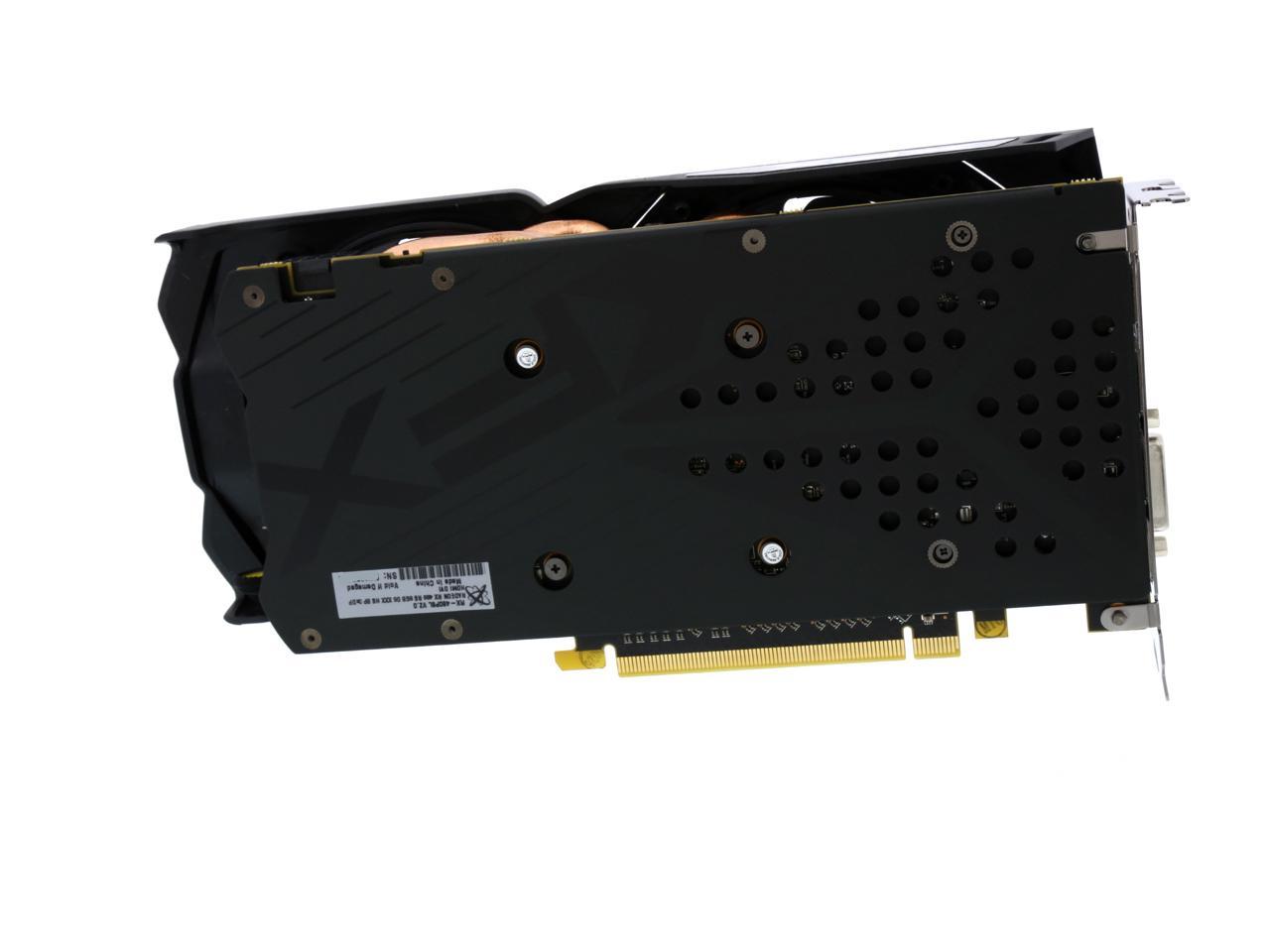
Again, both are similar technologies in that they both allow you to utilize multi-graphics cards in the same system.īoth technologies also operate in two different modes: Theoretically, having multiple graphics cards split up the workload of processing frames means that your system can render frames more quickly, but as you’ll see further down in this post, multi-GPU configurations don’t offer a linear scaling of performance (although, in certain games, dual GPUs can produce a near doubling of performance in terms of average framerate).īut, before we get into some of the pitfalls of multi-GPU configurations, let’s discuss the differences between SLI and CrossFire.įirst, SLI is NVIDIA’s multi-GPU solution whereas CrossFire is AMD’s multi-GPU solution. SLI vs CrossFire: A Primer on How They Work and the Differences Between Themīoth SLI and CrossFire accomplish the same thing: they allow a system to split the load of processing graphics-related data between multiple graphics cards.

In this article, we’re going to break down how SLI and CrossFire work and how they’re different, as well as discuss what some of the pitfalls are that come with running multiple graphics cards. But, is running multiple GPUs in SLI or CrossFire configuration an option that is worth considering? While the ideal solution to handle more demanding games at higher resolutions (and higher refresh rates) is always just to grab the best graphics card available (right now that’s a GTX 1080 Ti), there is the option for some (especially those with unlimited budgets) to utilize multiple graphics cards in the same setup in order to try and get even more performance out of their systems.īoth NVIDIA and AMD GPUs offer technology (SLI and CrossFire) that allows 2-4 of their graphics cards to work together in a single system to help deliver more GPU power.

Due to the fact that most modern games rely heavily on GPUs in order to run properly, gamers must have a powerful graphics card in their system if they want to be able to run their favorite games on higher settings.Īnd, if you want to max out today’s top games at higher resolutions (1440P, 4K, and beyond), even more graphics processing power is required.


 0 kommentar(er)
0 kommentar(er)
